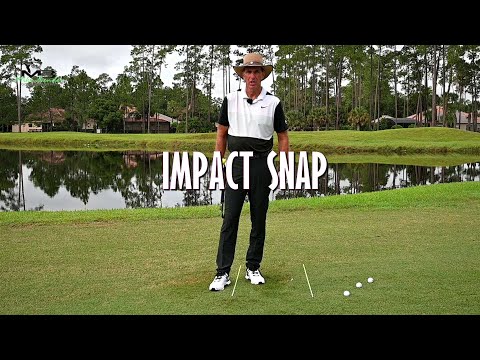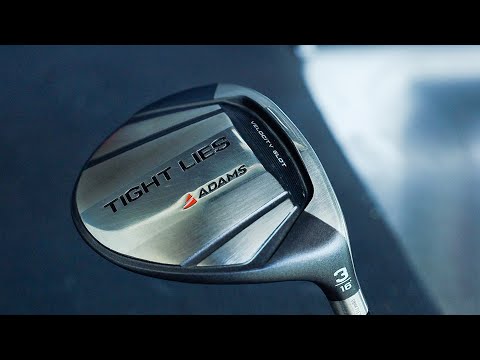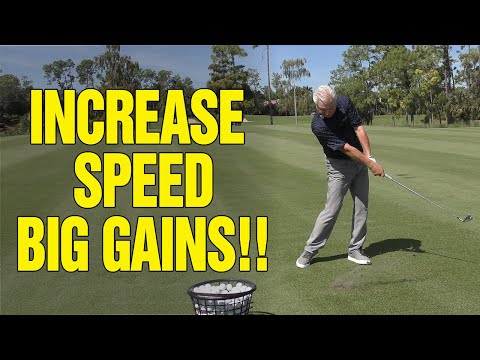Just Hit the Damn Ball – by Dave Johnston
Buy my ‘Ultimate Golf: The Perfect Golf Swing & More’ program using this YouTube Discount coupon (45% off):
How to Putt Like the Pros
Every great putter consistently imparts top-spin or over-spin. How does this spin affect the ball?
Topspin allows the ball to “hug” the green, creating a smooth roll.
How can you tell if a putt has topspin?
There are three basic indicators:
1) Align the name of the ball to the target. When the ball has topspin, the name will blend into a continuous line as it rolls towards the cup.
2) A ball with over-spin will roll much further than the stroke would indicate. In other words, the ball continues to roll well past the point where you think it should stop.
3) A ball that has topspin will either “dive” into the center of the cup or fall in from the side without spinning off.
How do you create topspin?
For a right-handed golfer, here are the three keys found in every great putting stroke.
1) The left hand is opposite the inner left thigh at address.
2) The ball placement is forward of center.
3) For putts less than ten feet (or very fast greens) the width of the stance is the length of the stroke. In other words, the putter-head stays “inside” both feet.
The only common element throughout the set from Driver to Putter is the placement of the left hand at address. Establishing this position at address is critical.
Intelligent experimentation will help you determine the exact ball placement that helps you contact the ball with a slight upward motion.
Why use the width of the stance as the parameter?
The majority of students (that I’ve worked with) tend to twist the club head at impact. They try to steer the ball into the hole, instead of giving it a sharp tap.
They are afraid of going past the hole in case they miss the putt coming back.
In order to consistently make six foot putts, you must develop the confidence to know you can make the return putt if you miss the hole.
Using the back foot as the end of the backswing will help to automatically accelerate the club-head towards the hole.
Using the front foot as the end of the follow-through will develop the sensation of hitting the ball with an authoritative “tap”.
So what happens if you start hitting putts past the hole? Practice making the putt coming back. This is crucial to your success.
One of the most disheartening shots in golf is hitting a putt on-line and stopping an inch short of the hole. The first objective is to give yourself a chance to make the putt.
You’ve probably heard thousands of putting tips, but these are the three elements that are inherent in every great putting stroke.
Get More Great Tips:
Share this video:
SUMMARY
The basic goal is to impart topspin or over-spin.
The three building blocks for achieving this goal are:
(1) Ball is positioned forward of center.
(2) Left hand opposite inner left thigh at address.
(3) For putts inside ten feet, the back foot is the end of the backswing.
Dave Johnston has taught over 11,000 lessons over a 31 year career. He has been the Director of Instruction at Bloomington Downs Golf Club since it opened in 1988.
Just Hit The Damn Ball: How to Stop Thinking and Play Your Best Golf, is part one in the trilogy book series designed to help the once-a-week golfer overcome common misconceptions and unlock your natural ability.
He has developed golf programs for the Continuing Education Division of Seneca College, The Town of Aurora and The Learning Annex. His corporate clients include Hewlett Packard and Manulife Financial.
More Great Tips:
As an Amazon Associate I earn from qualifying purchases.
Visit my Site:
More on Golf:
Follow me:






